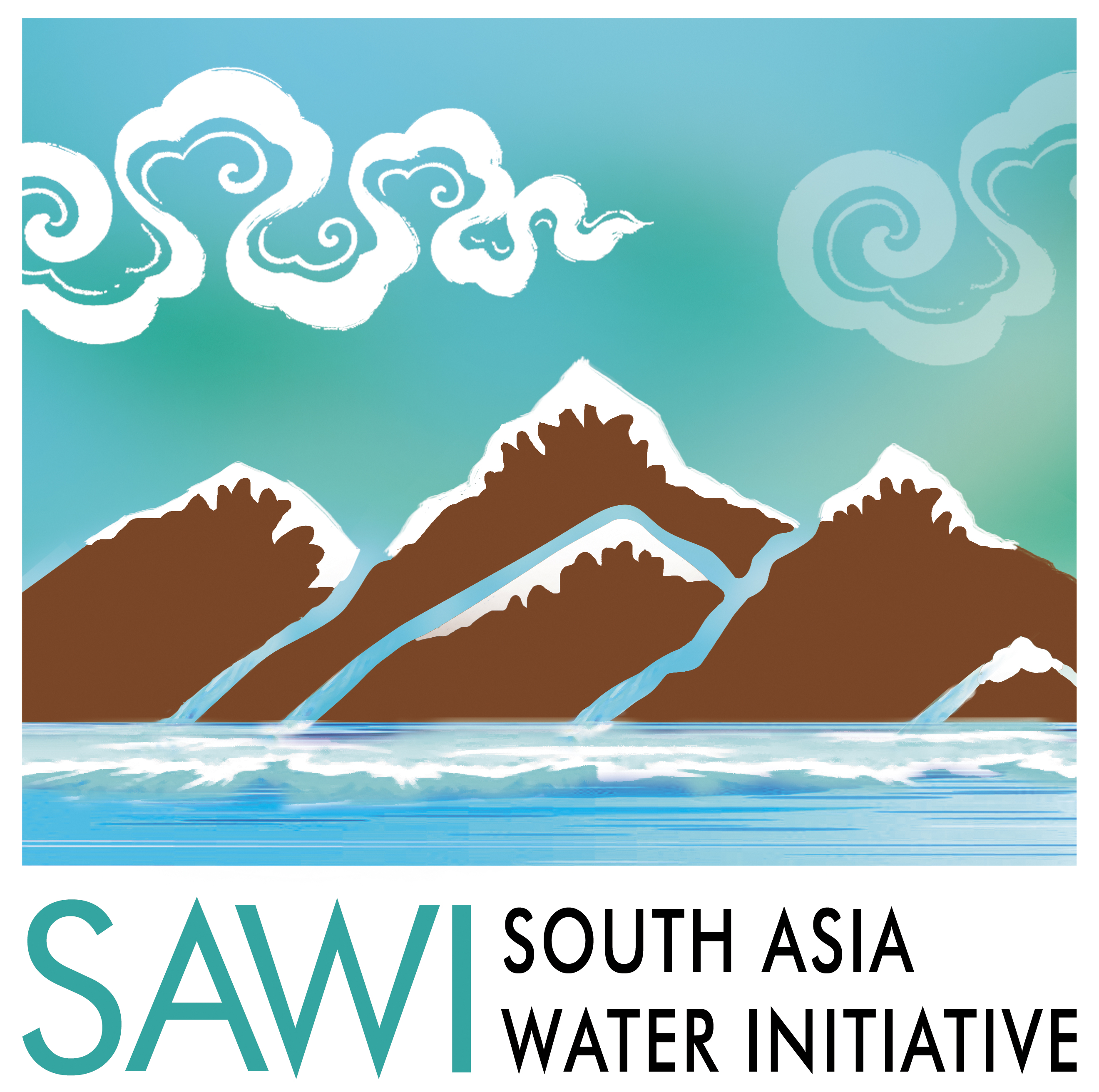Development of Flood Forecasting for the Ganges and the Brahmaputra Basins: using satellite based precipitation, ensemble weather forecasts, and remotely-sensed river widths and height
Overview
This website (and associated links) are part of a project directed by the World Bank Group under the South Asia Water Initiative, through the award:
Title: Development of Flood Forecasting for the Ganges and Brahmaputra Basins
Award No.: 7175247
Contract ID: 7175247
This project (and website) covers the development of a flood forecasting system (both rainfall and river flow) for the Ganges and Brahmputra Rivers, along with an evaluation of the sources of forecasting predictability, with implictions for flood forecasting improvements for the greater South Asia region. The aspects covered here include issues related to input data availability, quality, and utility; issues related to the engineering and technical feasibility of the development of forecasting systems for the region; and general issues related to the planning and optimal resource allocation for the implemention of such systems, and planning for future technical developments. Contained here on this site, are links to operational rainfall and river stage observations and forecasts, derivations of rating curves for forecasting sites, and associated links to ingested data sets (and evaluation of their errors).
Rainfall Accumulation
This interactive map displays satellite-based rainfall estimates and precipitation forecasts for each watershed. Zoom in to see rainfall estimates on more detailed sub-catchments. The satellite precipitation is a merged product of NASA TRMM, NOAA CMORPH, and JAXA GSMaP precipitation and is provided immediately after the 24-hr accumulation is complete. The forecasts are based on Canada Meteorological Centre (CMC), European Center for Medium-Range Weather Forecasts (ECMWF), US National Centers for Environmental Prediction (NCEP), and UK Met Office control run predictions. The forecast data are provided on a 2-day delay.
We also have a past comparison web site for four specific floods. To view the archive past comparison website please visit http://indiawbg.rap.ucar.edu/archive.
River Gage
This web site provides observed and experimental forecasts (coming shortly) of river stage and streamflow throughout the Ganges and Brahmaputra basins. Click on a gauge site to see the whole observed and quality-controlled record of stage readings in the web site's lower panels.
Click here to interact with the map.
Downloads of these of these stations' data can also be found under: http://ral.ucar.edu/~hopson/WorldBank/, where, in addition to the observed, quality-controlled stage measurements (india_stageQC/), we also provide estimates of river flow corresponding to these measurements (india_riverQ/), referenced by sub-catchment.
The river flow estimates were derived at each river gaging site through an algorithm utilizing downstream discharge measurements at Hardinge Bridge (Ganges) and Bahadurabad (Brahmaputra). An interactive display of this information can be found at http://indiawbg.rap.ucar.edu/Ratefit. Gaging station stage measurements were related to river discharge downstream by fitting a rating curve relationship between the two. An optimal lag was identified by the best fit relationship to account for travel time between the stage and discharge measurement locations. This app displays both the raw stage and discharge observations and the fitted curve. When a station is selected, it defaults to optimal lag, but allows the user to vary the lag and observe how the raw data and fitted curve change.
Satellite Discharge Signals
Located at http://ral.ucar.edu/~hopson/WorldBank/india_widthQC, we provide data and plots of quality-controlled discharge (river width) signals from the Global Flood Detection System (a collaborative project between the Joint Research Council and the Dartmouth Flood Observatory), and errors in the same, under http://ral.ucar.edu/~hopson/WorldBank/satellite_error/



